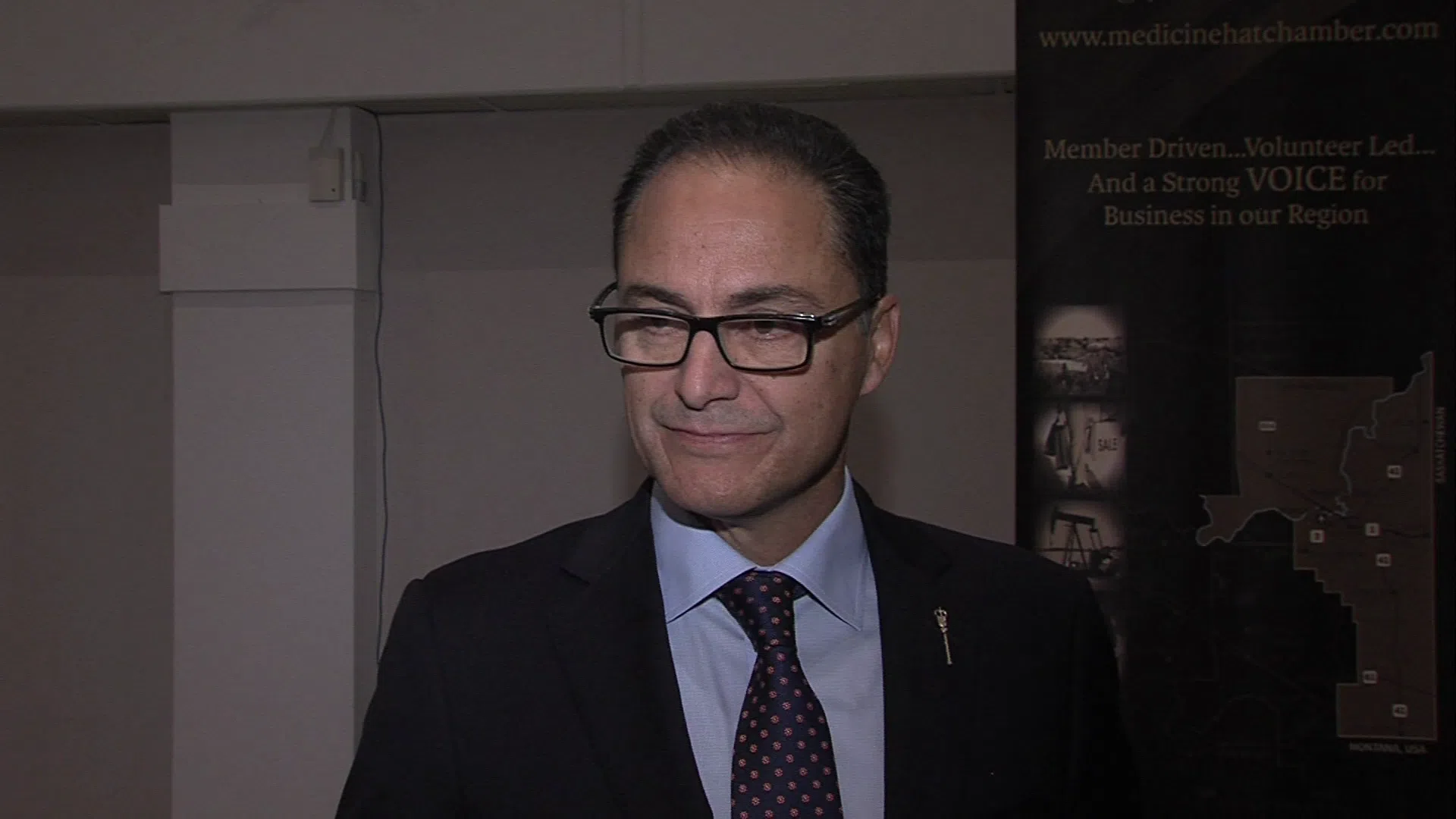
Budget shows increase in education and health care spending, projects $10.3 billion deficit
CALGARY – The provincial government is projecting a lower deficit and increasing spending for healthcare and education, according to the provincial budget.
However, spending and borrowing by the province is expected to increase, with provincial debt predicted to rise to more than $71 billion by 2020.
Finance Minister Joe Ceci, tabling the budget in the Alberta legislature, says the provincial deficit is projected to shrink to $10.3 billion over the coming year, down half a billion from the year before. The budget says the deficit will fall to $9.7 billion in 2018-19, and again to $7.2 billion in 2019-20.
